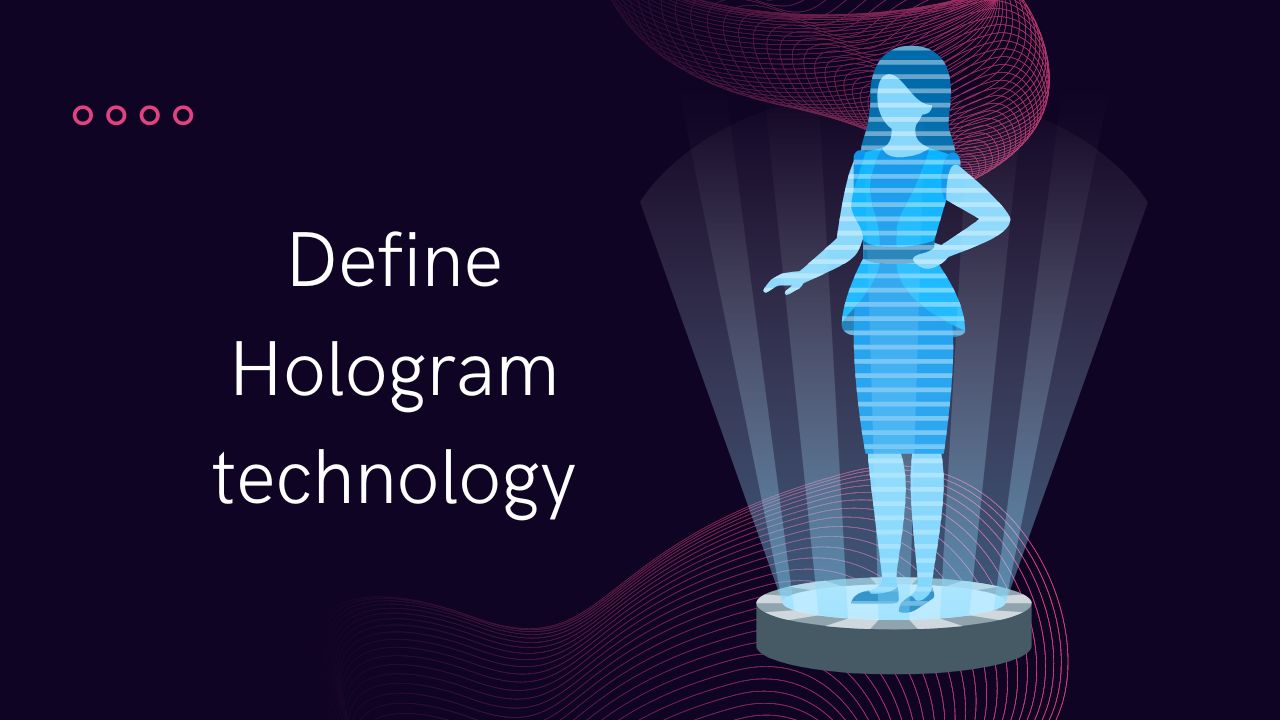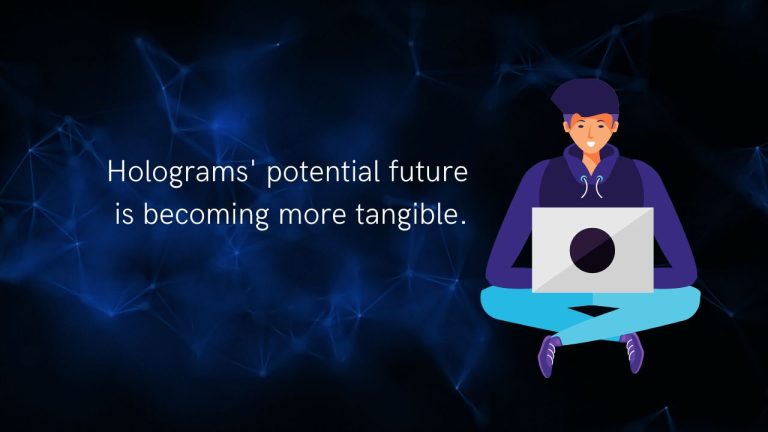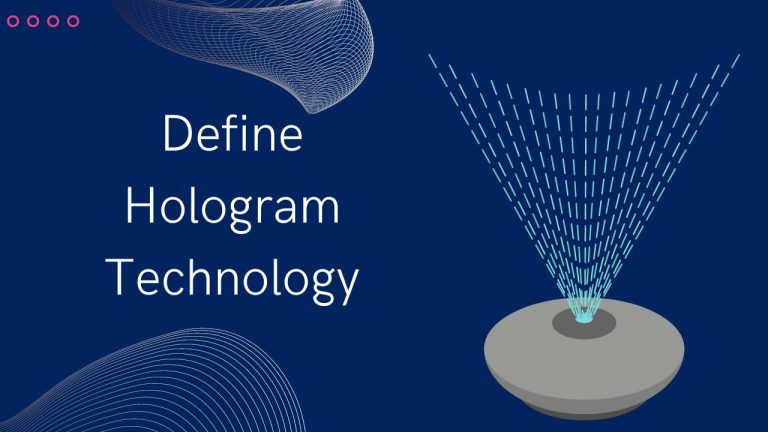Define Hologram technology
The next generation of photography uses holography, commonly referred to as hologram technology, to capture the light emitted from a subject and then project it as a three-dimensional (3D) object that can be seen without the need for any extra tools. There are many different kinds of holograms, ranging from transmission holograms to rainbow holograms to the most recent 3D holograms. The intriguing thing about 3D holograms is that they give seemingly real objects or animations the appearance of floating in midair or leaning against a wall. Also, it can be viewed from all angles, enabling a user to roam around the display and create an image that appears genuine.
Hologram Activity
Two identical laser light beams are split into one that is directed at the item and the other that is distributed over the recording medium (illumination beam or object beam). Mirrors are used to direct the reference beam away from the object and onto the recording medium. A common recording medium is photographic plates. The two laser beams collide and interfere with one another at the recording medium. This interference pattern is captured on the photographic plates.
Reconstruction in 3D of holograms
A three-dimensional image reconstruction involves the following three main processes.
- A group of cameras can capture many views sequentially or in multi-view mode.
- The data is transformed into a format that can be displayed after being captured.
- Display of information from numerous SLMs to widen the viewing angle
To project 3D holograms in the air, you need a 3D object reconstruction system and an aerial projection system. The reconstruction tool produces a holographic image in three dimensions. The aerial projection device also makes a 3D hologram in mid-air.
Without the need for several projectors or mechanical processing, electro-holography can project 3D images from the air. An additional revolving mirror system is used to display a true 3D image. Images can be seen in 3D from every angle when a fast video projector is pointed at rotating mirrors that reflect all directions. By using a single wavelength of light to capture interference patterns, a monochromatic hologram is produced. To produce a color hologram, various interference patterns are captured using different wavelengths.
The uses of hologram technology
- Data Storage: With the help of holographic data storage methods, a sizable amount of data can be kept inside polymers or crystals with a high density. The benefit of this method of data storage is that it makes use of the entire volume of the recording medium rather than just its surface. One terabit per second readout and writing speeds are also conceivable, according to researchers, with the correct kind of polymers used as a recording medium. Holographic storage hence has a chance to develop into the next wave of storage technologies.
- Security: Because they are copied from a master hologram, secure holograms are incredibly difficult to fabricate. They are on coins, credit cards, passports, DVDs, and a variety of other items.
- Hologram technology is on the verge of changing medicine and imaging. It is capable of creating a full-color, three-dimensional hologram of the human body. Students and medical professionals may see complicated organs including the brain, heart, liver, lungs, nerves, and muscles in three dimensions. Moreover, this technology can support surgical planning. The likelihood of a favorable patient result is increased when the surgeon can fully visualize the entire course of the procedure before the actual surgery. Deep inside live tissue, digital holographic microscopy allows for deep cell counts and subcellular motion analysis. Moreover, it allows for simultaneous imaging at various depths.
- The military strategy depends heavily on the 3D holographic maps of the battlefield. This technique can be used to store secure military data.
- Gaming and entertainment: Holographic displays can simulate a live performance even when the performers are not actually on stage. Even deceased celebrities can be brought back to life to share the stage with contemporary musicians in real-time. Gaming experiences with real-time multiplayer may be possible on holographic display tables. Few manufacturers are combining this technology with smartphone displays and augmented reality, which could enable portable 3D gaming.
- Education: Hologram technology can significantly enhance the learning process. It can offer schools digital instruction that is interactive. By fusing data from the digital and physical worlds, this technology can even provide mixed reality. Holographic images can be examined and interacted with by students to help them comprehend difficult concepts. For instance, pupils can investigate the ruins of historical heritage monuments in a history class or see how individual atomic particles behave.
FAQS:
What hologram technology is currently available?
In 2021, a study from the Massachusetts Institute of Technology (MIT) showed a novel way to make holograms by leveraging AI to produce holographic content in real time. Tensor holography is the name of the new technique, which may be used with laptops and mobile devices.
Is the future hologram?
Modern holograms are more sophisticated and are utilized in advertising, space exploration, surgery, and medicine. New options for communication, education, entertainment, and other things are being created through technology. Future societal effects of holograms are quite likely.




